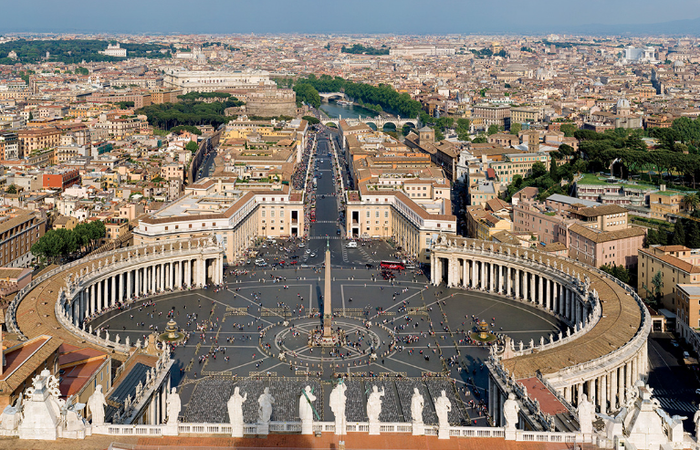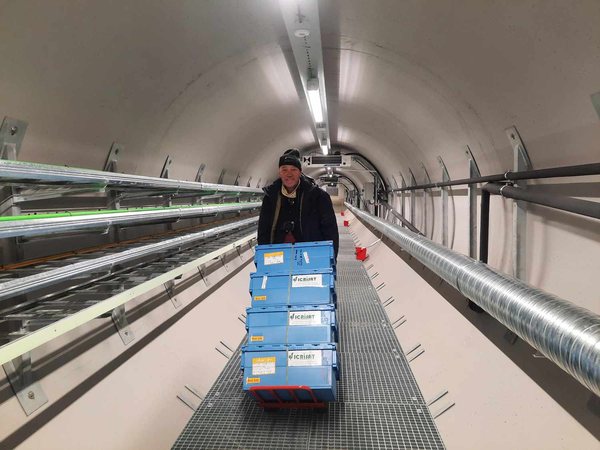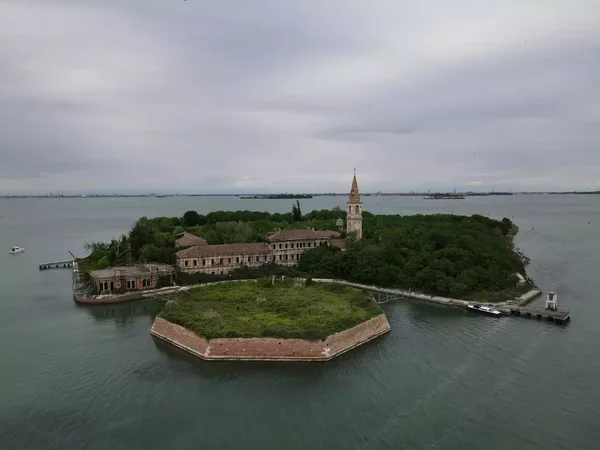
The planet is full of amazing places, but there are some places that are considered "forbidden", since no one can or is not allowed to visit them, either because they can be fatal to his life, or because they hide great secrets.
The island of Poveglia
The "haunted" island of Poveglia is located near Venice and according to legend, more than 160 thousand people lost their lives there.

Poveglia is a small island, located between Venice and Lido in the Venetian Lagoon, in northern Italy. A small canal divides the island into two separate parts. The island first appears in historical records in 421 and was inhabited until the inhabitants abandoned it due to war in 1379.
For more than 100 years starting in 1776, the island was used as a quarantine station for those suffering from plague and other diseases, and later as a mental hospital, which closed in 1968 and since then the island has not been inhabited.

Visits to the island are prohibited, but various books and articles mention visits by writers and/or photographers.
Those who believe in metaphysical phenomena have claimed that Povelia is the most haunted place in the world and entry to the island is strictly prohibited.
Svalbard Global Seed Vault

The Svalbard Global Seed Vault is located deep inside a mountain, on a remote island in the Svalbard archipelago, 300 kilometers north of the Arctic Circle. Established by the Norwegian government in February 2008, it is the largest seed bank in the world.
Seed boxes from around the world are sent to the Global Seed Vault for safe, long-term storage in cool, dry rooms. It is one of the safest facilities in the world, designed to survive even after a global catastrophe.

The vault is located 120 meters below a sand mountain on the island of Spitsbergen and is guarded by reliable security systems.
The bank stores the seeds of several tens of thousands of species of major food crops such as beans, wheat and rice. In total, it contains seeds belonging to more than 4000 plant species (total capacity: 4.5 million specimens). These samples are duplicate stocks held in national, regional and international seed banks.

The seeds are packaged in triple aluminum foil and heat sealed to prevent the entry of ambient moisture. The fact that the facility is surrounded by permafrost also helps secure and preserve samples.
Vatican Secret Archives

Millions of people visit the Vatican in Rome every year, but there is at least one place that is strictly off limits accessible to the public. We are talking about the "Secret Archives of the Vatican", a building where state documents and correspondence of the Vatican state are kept.
They are the property of the current Pope and upon his death or resignation, ownership passes to the next Pope. Until the beginning of the 17th century, they were in the Vatican library, but were separated after the action of Pope Paul V in their space with extremely limited access. They remained inaccessible to outside scholars until 1881, when Pope Leo XIII allowed partial access to limited sections of the archive to outside scholars, an arrangement that has been in place ever since.

Applications are accepted only from approved researchers with a scientific interest and sufficient knowledge of archival research. To be accepted, they need a letter of recommendation from an academic or research institution or from an expert historian, while graduate students are not accepted.
There are strict restrictions on access to the archive, with access to any material after 1939 prohibited, while there is an entire section on personal relationships with cardinals that is prohibited from 1922 onwards. (A2 Televizion)

















